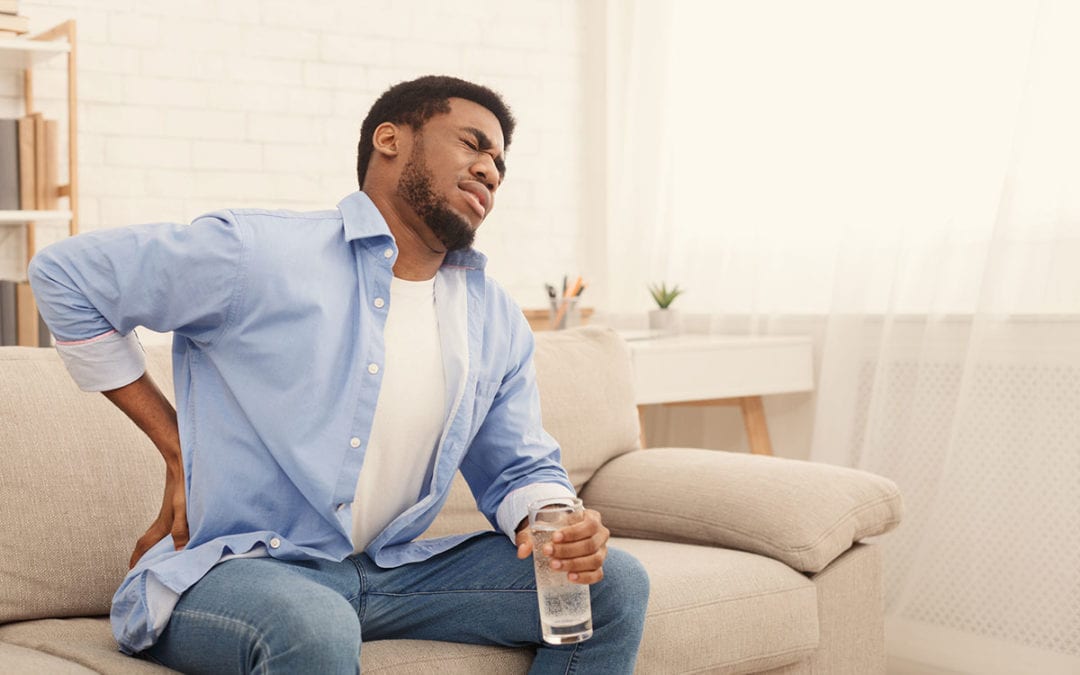Chronic lower back pain is one of the leading causes of disability in the world. Fortunately, there are a variety of steps that individuals can take to prevent or at least mitigate persistent episodes of lower back pain. There are numerous causes of lower back pain, as well as several treatment methods designed to help manage this oftentimes chronic condition.
Causes of Lower Back Pain
Most cases of lower back pain tend to develop over time, especially in today’s sedentary society. Many individuals spend long hours sitting at a desk as part of their employment and then engage in sedentary recreational activities such as playing video games, surfing the internet, or watching TV. Over time, continued sitting can lead to poor posture, weak back muscles, chronic muscle tension, and more so obesity.
Lower back pain can also be caused by overuse of lower back muscles, such as repeatedly engaging in heavy lifting, especially if improperly performed. Other causes of lower back pain include infection, an abnormal (tumor) growth, osteoarthritis, or an injury associated with a muscle or ligament tear, a herniated spinal disc, spinal stenosis, or age-related degeneration of spinal vertebrae.
Lower Back Pain Treatments
Sometimes people avoid discussing their lower back pain with a medical professional because they assume that back surgery will be the first recommended treatment. However, that is not necessarily the case. Most treatment plans for lower back pain initially begin with conservative measures. These measures include initially addressing pain and inflammation with treatments such as pain medication and ultrasound treatments. Individuals will then be introduced to exercises designed to stretch and increase the range of motion for key muscles that support the lower back and abdominal area. Eventually patients will incorporate additional exercises that will strengthen muscles that support the spine.
Patients may also learn specific techniques on how to properly lift objects, as well as how to improve their posture while sitting and standing. As part of a comprehensive treatment program, individuals may be encouraged to lose weight and quit smoking, since both of these can contribute to chronic cases of lower back pain.
If you, or someone you know, is experiencing chronic lower back pain, or would like to know more about orthopedic treatments, please contact us. We’re here to get you back to doing normal activities and free you of chronic pain at long last!

